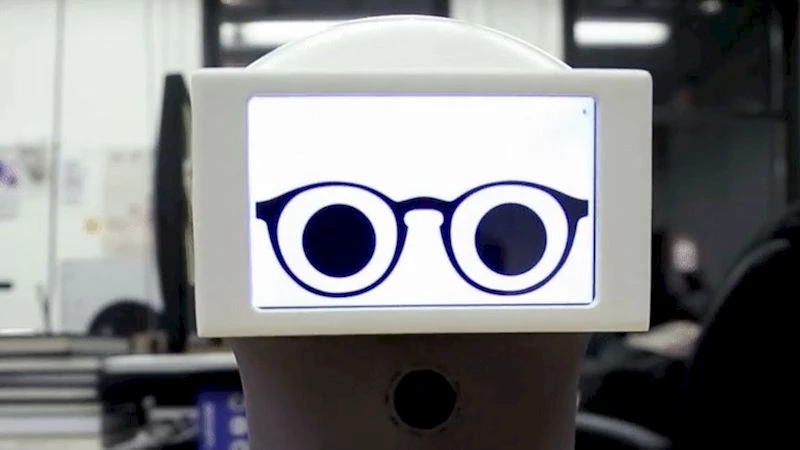Amazon Go
Amazon is getting ready to open cash-less grocery stores. Just walk in, choose your products and leave. No need to stand in line at the cash or scan your purchases. The final bill is automatically charged to your Amazon account. Amazon Go stores will be relatively small places (165m2/1,800f2) offering mainly snacks, prepared meals and a selection of staples. The target market is young, urban professionals who have no time to waste on shopping and cooking. The company is tight-lipped on the technologies used in its stores. We do know that they rely heavily on visual recognition systems working in tandem with shelf-mounted sensors; clients are identified through an app downloaded on their phone, and the sensors are able to detect when products are taken off and put back on the shelves. Amazon’s test grocery store opened in Seattle. Access to this “beta version” is restricted to Amazon employees.
⇨ Ars Technica, “Trying, and failing, to sneak into Amazon’s Skynet take on grocery shopping.”
⇨ The Verge, “Amazon Go stores could watch, listen, and remember your every move.”
Bluetooth 5

The Bluetooth 5 standard has been adopted. As for every new Bluetooth, the latest version promises to be faster, more powerful and more reliable than its predecessor, version 4.2, launched in December 2014. Its range will increase four-fold with speeds of up to 2Mb/s, a good thing for a transfer protocol known for its sluggishness. Furthermore, signal interference should be reduced, welcome news in this era of connected objects. The first Bluetooth 5-compatible devices should hit the market in the first quarter of 2017.
⇨ The Verge, “New Bluetooth devices will have faster speeds and longer range.”
Peeqo the GIF robot

Peeqo is a small assistant robot that communicates with humans in animated GIFs. It can understand speech, but responds strictly in GIFs, emphasized with head movements. Its creator has no plans to market Peeqo, but promises to open-source the code very soon. All you need to build your own is to have access to a 3D printer, be able to build printed circuits and operate a soldering iron. Peeqo’s brain is a Raspberry Pi 3, and two Arduino Minis run the Servo controls and diode animation. Speech recognition is provided by Google Speech’s API.
⇨ Mashable, “Someone built a robot that communicates in GIFs.”
⇨ Imgur, “Peeqo —the GIF Bot.”
Lopifit Bicycle
Lopifit is a two-wheeled vehicle powered by a treadmill. This invention from the country of bicycles, windmills and tulips, does not go unnoticed on the street. Walk briskly on the treadmill to charge the 36-volt battery that feeds a 250-watt electric motor. Maximum speed is about 25km/h. Price is about CA$3,000.
⇨ Mashable, “This revolutionary bike is powered by your steps.”
Google turns its back on non-renewables

Google has announced it will power its entire global operations using energy from renewable sources as early as next year. All of the 2,600 megawatts that Google needs to power its data centres and offices around the world will be acquired by solar, hydroelectric or wind energy. Concretely, Google will purchase units to offset its carbon usage within a carbon-neutrality program, since clean energy isn’t necessarily available when and where needed. Meanwhile, Donald Trump announced that the new head of the Environmental Protection Agency (EPA) is to be a staunch defender of American companies’ right to pollute and who denies the impact of human activity on global warming
⇨ Ars Technica, “Google says it’ll be fully powered by renewable energy in 2017.”
⇨ Popular Science, “Trump’s pick to lead the EPA is a climate change denier (who’s suing the EPA).”

